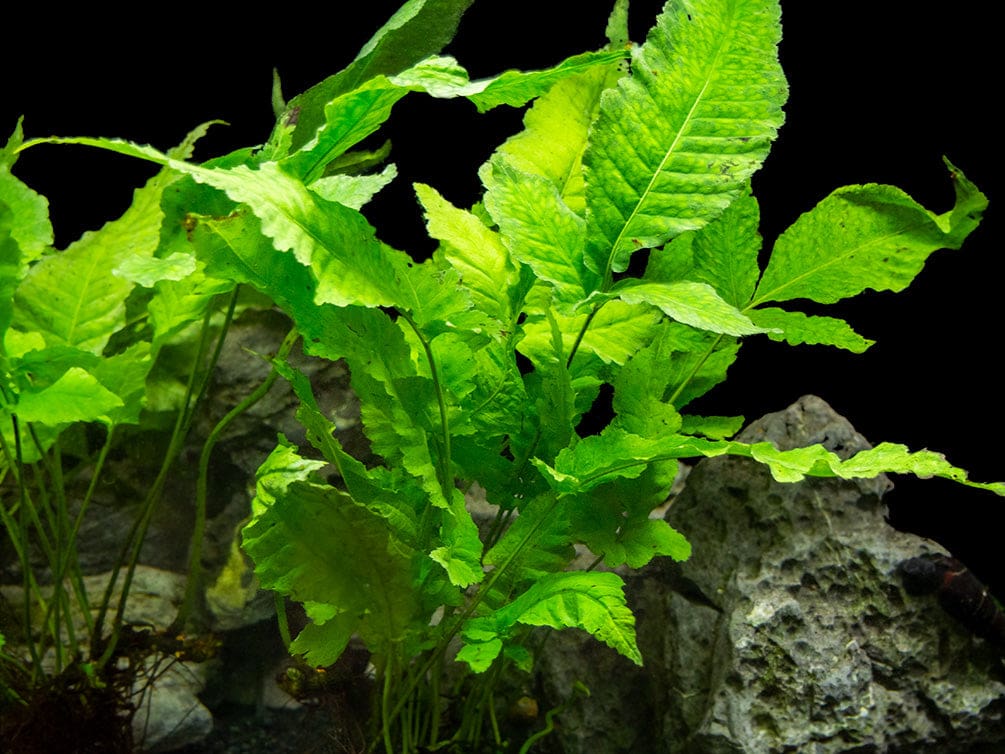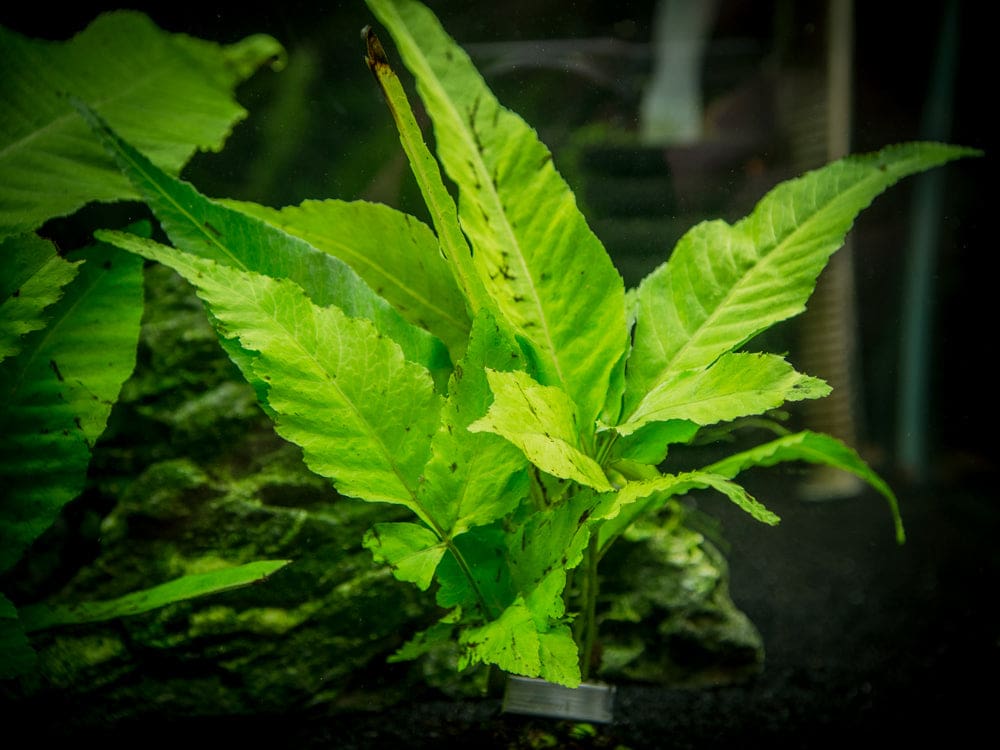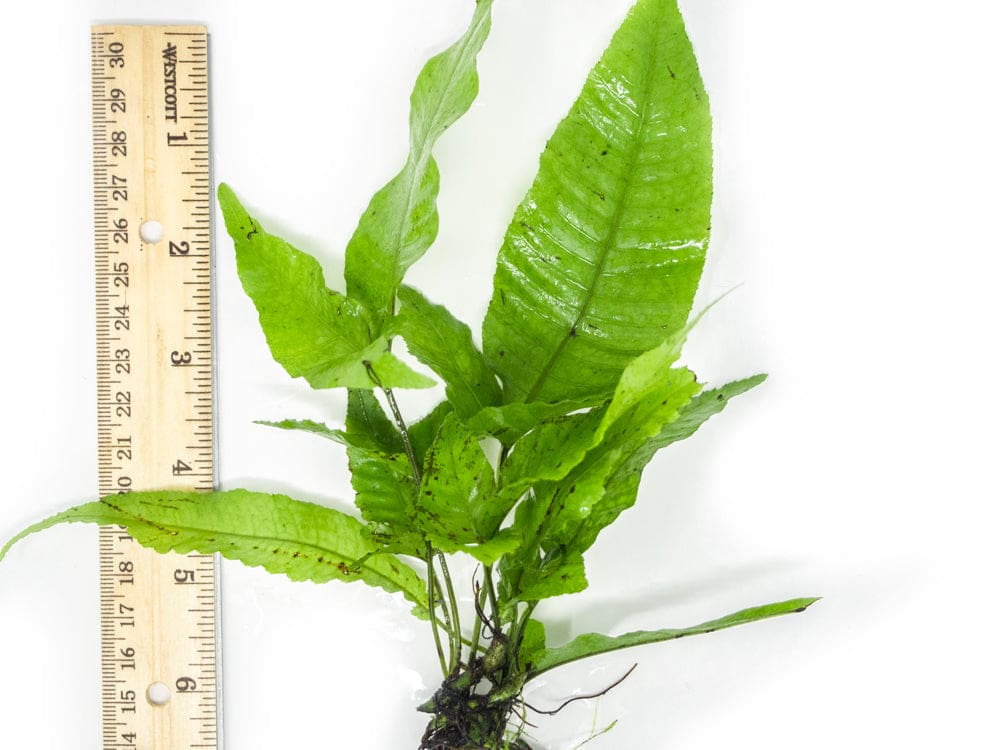You stand at the precipice of an enriching exploration into the elusive world of aquatic plants, specifically the Asian Water Fern. This humble plant, obscure to some but celebrated by those well-versed in the world of botany and aquarium enthusiasts, possesses intrinsic details that will broaden your knowledge about aquatic plants. In the following discourse, you will unravel essential aspects and characteristics of this water fern – its origins, growth patterns, environmental demands, and key uses – all of which prove that this often-overlooked aquatic beauty is indeed more than meets the eye.

Overview of Asian Water Fern
Species name and classification
The Asian Water Fern, scientifically known as Ceratopteris thalictroides, belongs to the Pteridaceae family. It is a semi-aquatic fern species that is commonly found in tropical and subtropical regions all over the world. Owing to its attractive foliage and easy growth, it is often used in aquariums and for aquascaping.
Native habitat and distribution
Native to Southeast Asia, the Asian Water Fern is found in rice paddies, serene ponds, quiet streams, and freshwater wetlands. It has a widespread geographical footprint and is found in various regions around the world. It thrives in warm, tropical, and subtropical climates.
Physical characteristics
Typically, the Asian Water Fern grows to a height of approximately 15-30 cm. Its leaves, known as fronds, are triangular to broadly ovate in shape and float on the water surface. They are light to dark green in color and have a delicate, feathery appearance. The leaves form clusters from a central point drawing out an attractive rosette pattern.
Ecological Role of Asian Water Fern
Role in aquatic ecosystems
The Asian Water Fern plays a crucial role in aquatic ecosystems. Its dense foliage forms good habitats and breeding grounds for aquatic life, such as snails, shrimp, and small fish. Being a fast-grower, it aids in limiting algal growth by competing for nutrients and light.
Value for biodiversity
Owing to its dense growth, the Asian Water Fern has immense value for biodiversity. It provides microhabitats that harbor countless underwater species. Its fronds provide cover for water creatures, acting as shelter and breeding grounds, thus driving biodiversity in aquatic ecosystems.
Potential impacts on water quality
The Asian Water Fern has a significant impact on water quality. It helps in nutrient cycling and can uptake excess nutrients from the water, helping manage the nutrient balance. They can absorb heavy metals and other toxic substances from the water, potentially serving as a biological filter.
Cultivation of Asian Water Fern
Ideal growing conditions
Asian Water Fern grows best in tropical conditions with temperatures ranging between 22-28 degrees Celsius. It requires a light source for photosynthesis but can thrive both in full sunlight or partially shaded conditions. While it can tolerate a range of pH levels in the water, slightly acidic to neutral conditions are ideal.
Propagation methods
The plant reproduces vegetatively and sexually. In favorable conditions, it forms adventitious plantlets on its leaves. As the plantlets mature, they naturally detach and establish themselves elsewhere. This method of propagation is straightforward and suitable for hobbyists.
Common cultivation challenges
Despite the Asian Water Fern’s hardy nature, cultivation may present some challenges. Insufficient light can stunt the plant’s growth, while poor nutrient supply may lead to yellowing of leaves. Also, certain species of fish are known to nibble on the leaves, affecting their growth and appearance.
Uses of Asian Water Fern
Use in aquascaping
Due to its attractive foliage and growth pattern, the Asian Water Fern is a popular choice for aquascaping. It can be either free-floating or attached to wood, rocks or other substrates in an aquarium setup.
Use in aquariums
In aquariums, Asian Water Fern brings natural aesthetics, besides providing habitat, shade, and protective cover for various aquatic creatures, particularly fry, and small, timid fish species. It also helps improve water quality by absorbing excess nutrients.
Medicinal uses
Although limited, the Asian Water Fern has some medicinal uses. In traditional medicine, it has been utilized for its embryonic fronds’ diuretic properties.
Potential as biofuel
The Asian Water Fern shows potential as a source of biofuel on account of certain properties. It could be cultivated on a large scale because it purifies wastewater and allows simultaneous carbon sequestration.

Asian Water Fern in Aquariums
Suitability for various types of aquariums
The Asian Water Fern is suitable for various types of aquariums, including both freshwater and brackish setups. Its hardy nature, manageable size, and low light requirements make it an ideal choice for beginners and seasoned hobbyists alike.
Considerations for planting and maintenance
When introducing this plant to your aquarium, it can be allowed to float or planted into the substrate. Regular pruning may be necessary to keep its growth under control. Additionally, make sure it gets enough light and nutrients for its optimal health.
Co-existence with various fish and aquatic life
Asian Water Fern is compatible with most commonly kept aquarium species. While some species may nibble on the leaves, many use the plant as a sanctuary to hide, rest, or reproduce.
Threats to Asian Water Fern
Environmental threats
Environmental changes, such as water pollution, disruption of their habitats due to human activities, and climate change, present threats to the survival and growth of Asian Water Ferns in their natural habitat.
Pests and diseases
Asian Water Fern is generally resistant to most pests and diseases. Investigations have indicated that this resilience could be due to antimicrobial compounds present within the plant tissues. However, they can occasionally be affected by common aquarium pests or diseases.
Impact of invasive species
The introduction of invasive plant or animal species could compete with the Asian Water Fern for resources, thereby impeding its growth. Additionally, some invasive fish species are known to feed on the fern, further affecting its survival.

Invasive Nature of Asian Water Fern
Invasion process
Despite its ecological benefits, Asian Water Fern has an aggressive growth habit and can become invasive under favorable conditions. Its fast rate of growth and reproduction enable it to quickly take over aquatic ecosystems, out-competing other native aquatic plant species.
Impacts on local ecosystems
When it becomes invasive, Asian Water Fern could block sunlight from reaching other aquatic plants, hence impeding photosynthesis and growth. Excessive proliferation of this fern can also influence the balance of gaseous exchange and nutrient levels in the water, potentially affecting aquatic life negatively.
Methods for control and eradication
Controlling the spread of the Asian Water Fern includes both mechanical and biological approaches. Mechanical methods involve physical removal of the plant. Biological control involves the introduction of natural enemies that feed on this fern. Public awareness is also crucial in preventing the spread of this invasive species.
Research on Asian Water Fern
Current scientific understanding
Current research recognizes the Asian Water Fern’s potential roles in ecosystem services and biodiversity. It is also acknowledged for its phytoremediation capability, the process through which plants remove toxins from the environment. Research findings suggest their potential use in wastewater treatment.
Areas of ongoing research
Ongoing research involves understanding the genetic makeup of Asian Water Fern and studying it as a bioindicator of water quality. Besides, research is being conducted to evaluate the fern’s potential as a biofuel source and its role in carbon sequestration.
Potential for future applications
Emerging research indicates the potential use of the Asian Water Fern in biofuel production, wastewater treatment, and as a genomic model for studying how plants cope with abiotic stress, in an era of climate change and increasing pollution.

Conservation and Sustainability of Asian Water Fern
Conservation status
At present, there is no specific conservation status assigned to the Asian Water Fern. However, its populations are regarded as ‘Least Concern’ due to its wide distribution and ability to adapt to various environmental conditions.
Efforts for protection and recovery
Even though it’s not endangered, efforts are necessary to protect natural populations of Asian Water Fern. Protecting its natural habitats, like wetlands and freshwater sources, from pollution and destruction is crucial.
Sustainable practices in cultivation and use
As a popular aquatic plant, its cultivation should be done responsibly to avoid unintentional release into natural water bodies where it can become invasive. Hobbyists can adopt strategies such as composting unwanted vegetation instead of discarding them in outdoor water bodies.
Fun Facts about Asian Water Fern
Examples of interesting trivia
One interesting fact about the Asian Water Fern is that it can grow in both submerged and terrestrial forms. Interestingly, in some Asian countries, it was traditionally employed as a fertility symbol and was planted in rice fields for good luck.
Cultural and historical significance
Though not traditionally famous on a large scale, the Asian Water Fern is culturally significant in regions where it naturally occurs. In rural parts of Southeast Asia, it holds value for its supposed fertility-enhancing properties.
Records and unusual observations
The Asian Water Fern displays sexual dimorphism, a relatively rare feature among ferns. This means it produces separate male and female plants under certain environmental conditions. It’s a fascinating scientific phenomenon that contributes to its successful reproduction strategy.
